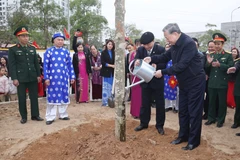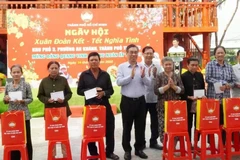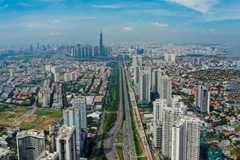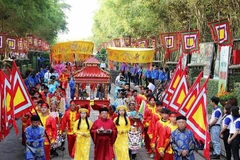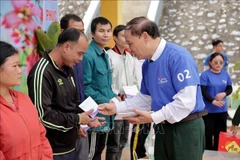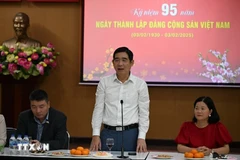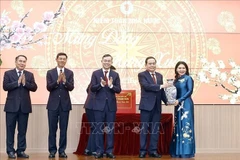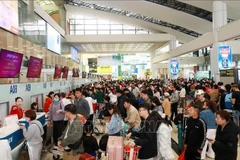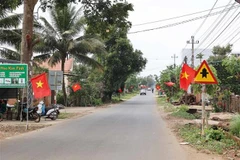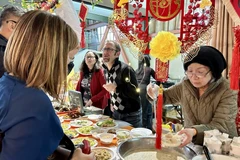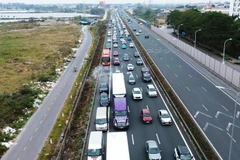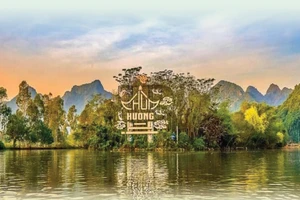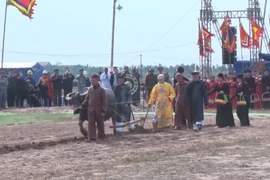Featuring inVietnam’s tourism strategy for 2020, responsible tourism aims toprotect and care for Vietnam’s diverse cultures and the environmentwhilst optimising business processes and ensuring economicsustainability.
The first project to kick-start the trend inVietnam was the 11 million EUR ‘Environmentally and SociallyResponsible Tourism Capacity Development Programme for 2011-2015’ fundedby the European Union.
By mid-2013, the programme had helpeddevelop a policy framework outlining guidelines and concrete measures.Later on, the green lotus label for tourist accommodation was launchedand adaptations were made to Vietnam ’s tourism occupationalstandards.
More travel operators are embracing the practices ofresponsible tourism, including electricity and water savings, wastetreatment, sourcing food locally and providing job opportunities fordisadvantaged members of society, including women and ethnic minorities.
At the forefront of responsible tourism, Vietravel launched anumber of tours under the motto “Clean tourism – Clean means noindiscriminate waste disposal”, which included a number of measures,such as collecting rubbish in the southern beach town of Nha Trang andplanting trees in Love Valley in the Central Highlands city of DaLat.
The company has also switched to bio-nylon in response to its environmental protection campaign.
Another example is Lang Co resort in the central province of ThuaThien-Hue , which harnesses solar power and consumes locally-growngreen food.
The three-star Majestic hotel in Nha Trang won the ASEAN Green Award in 2008.
In 2012, the hotel invested 2 billion VND (90,000 USD) in a waste treatment system.-VNA
